Karnali and the Far West - Reviving Ancient Prosperity through Tourism
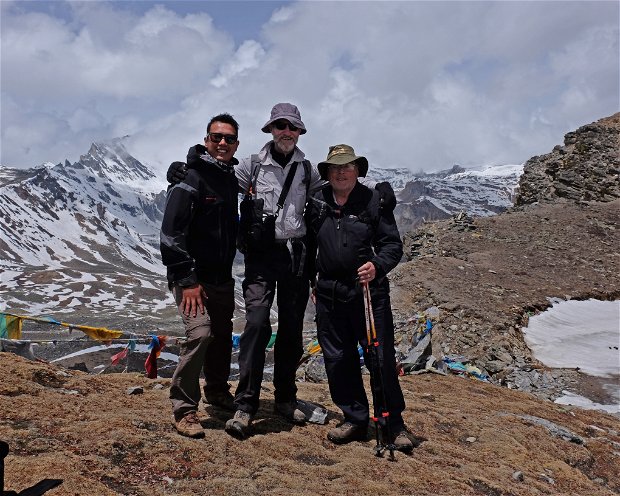
For over a thousand years, the far west of Nepal served as a major trading route between India and Tibet, with huge caravans of goats and sheep carrying salt from the Tibetan plateau down to the Indian plains, returning with grain, cloth, and consumer goods. The prosperity of this trade fueled the expansion of the great medieval Khas-Malla kingdom, the cradle of the Nepali language, which at its greatest extent ranged into modern-day Tibet, Uttarakhand, and Uttar Pradesh. From the mid-twentieth century, India was able to acquire salt from elsewhere, while China restricted cross-border commerce in the 1960s. The once-flourishing caravan trade
suffered, and few traders survive: those who do carry consumer goods from Chinese supermarkets on the north-western border of Nepal into the interior hill bazaars of the Karnali region. The far west is now the country’s poorest, least populated, and most remote region. 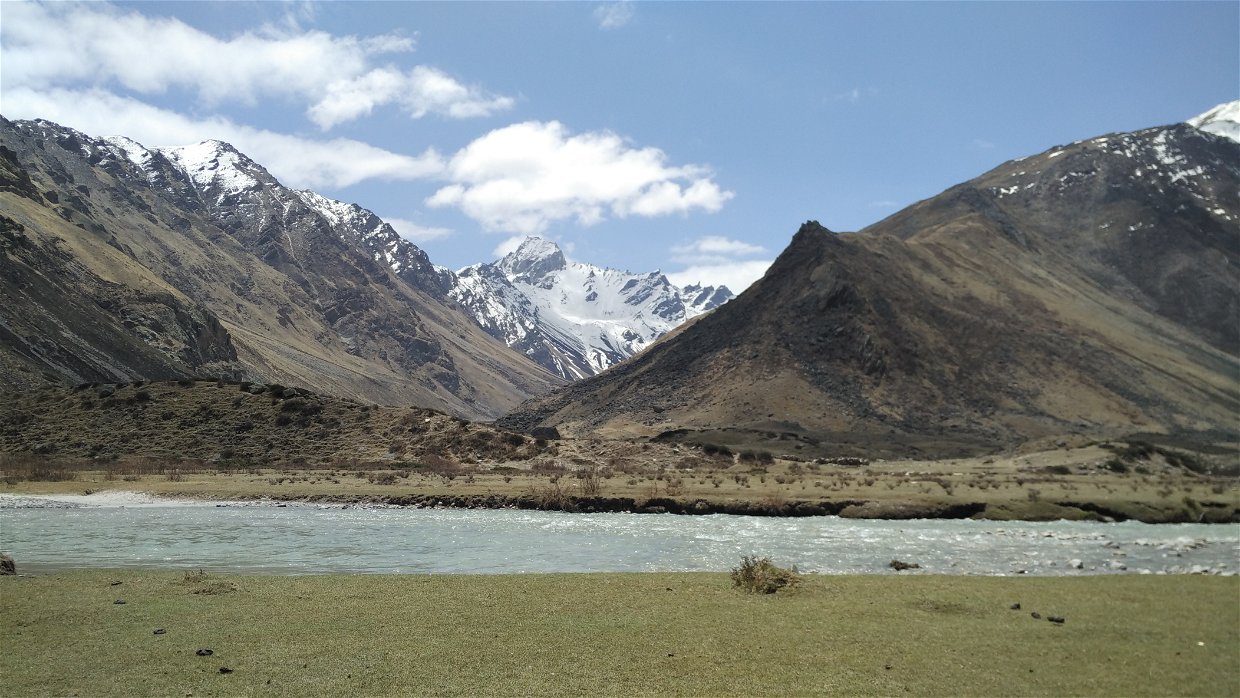
Today, remittances provide the main source of income to those living in far western Provinces 6 and 7 - and while this has helped reduce poverty, the social costs of temporary migration are high: family and community structures are disappearing, and traditional agriculture and animal husbandry is being abandoned for lack of adequate manpower; the notable traditional weaving of Bakhu, Docha, and Kammal is also in decline. In reaction to these changes, an increasing number of Humli and Jumli are now actively looking for new ways of preserving their local way of life and environment. Cultural and eco-tourism in this area are becoming an increasingly attractive proposition, particularly since many areas in Nepal traditionally popular for tourism have been degraded by modern development and by an excessive number of visitors. We believe that tourism can help lead a revival of the far west’s fortunes. 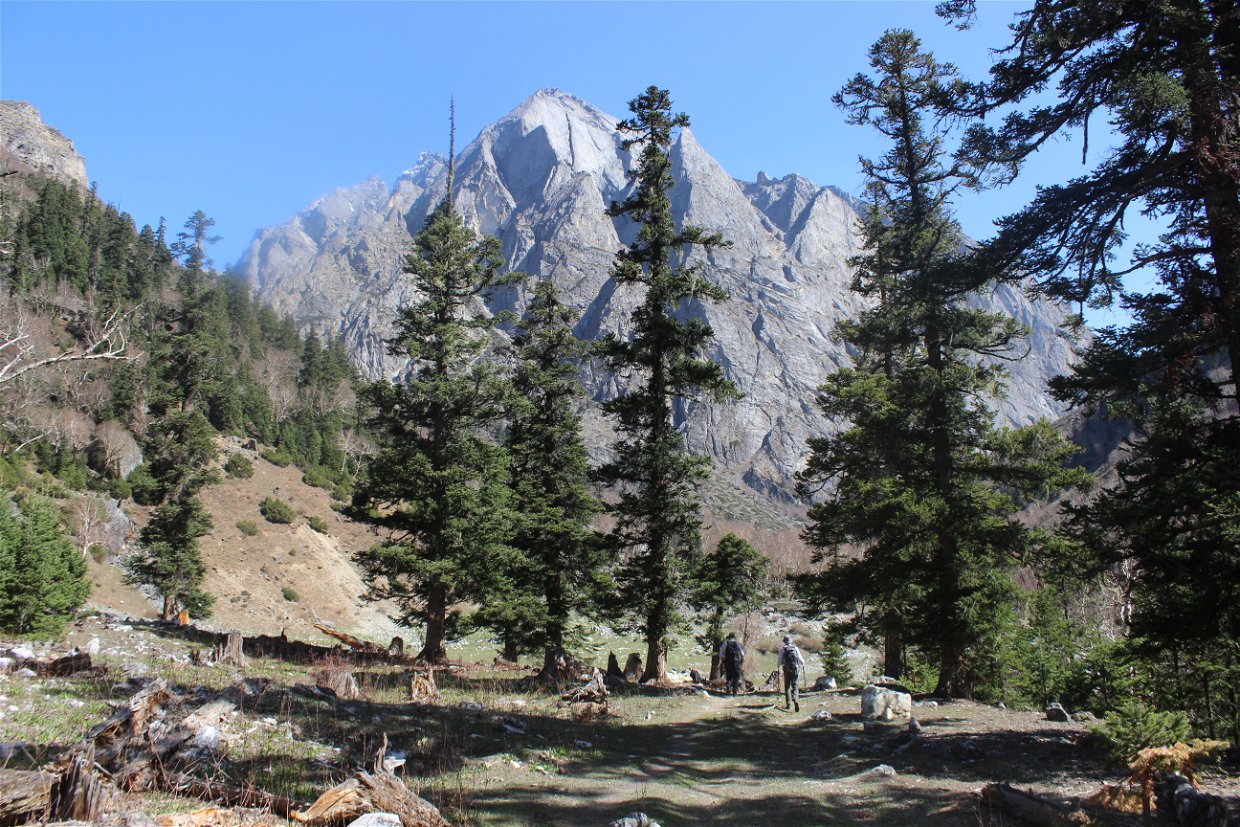 Not only does the far west offer tourists a more genuine sense of life in Nepal prior to modernization - it is also the gateway to the breathtaking trekking trails of the Limi Valley, part of the popular Great Himalayan Trail (GHT) and for cross-border pilgrimage tourism to Mt. Kailash and Lake Manasarovar in Tibet.
Not only does the far west offer tourists a more genuine sense of life in Nepal prior to modernization - it is also the gateway to the breathtaking trekking trails of the Limi Valley, part of the popular Great Himalayan Trail (GHT) and for cross-border pilgrimage tourism to Mt. Kailash and Lake Manasarovar in Tibet. 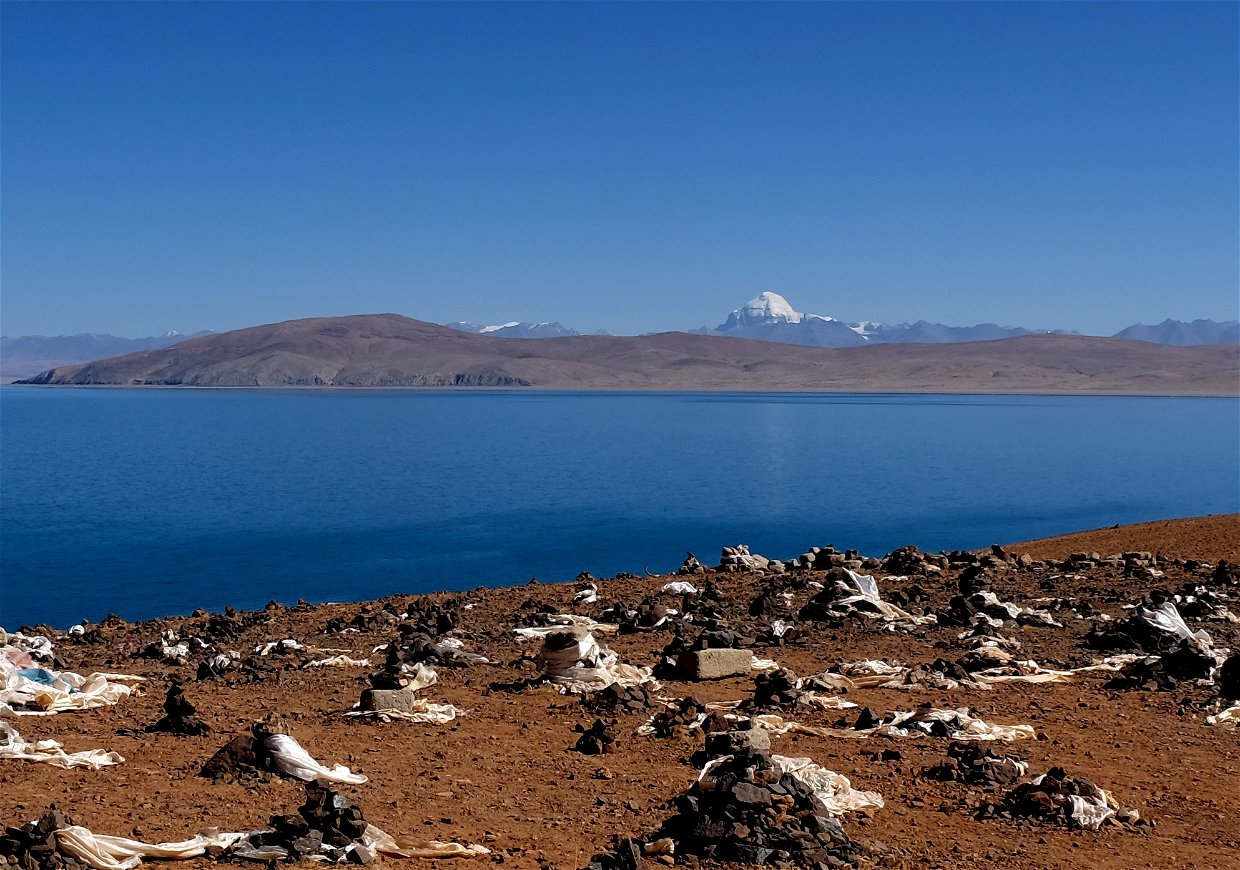
Basanta Adventure Treks & Expedition has been organizing both adventure and spiritual tourism trips that showcase the natural and cultural heritage of this remote part of Nepal. Tourists traveling to Tibet (Kailash) increasingly travel along these ancient trade routes on their way to or from the border.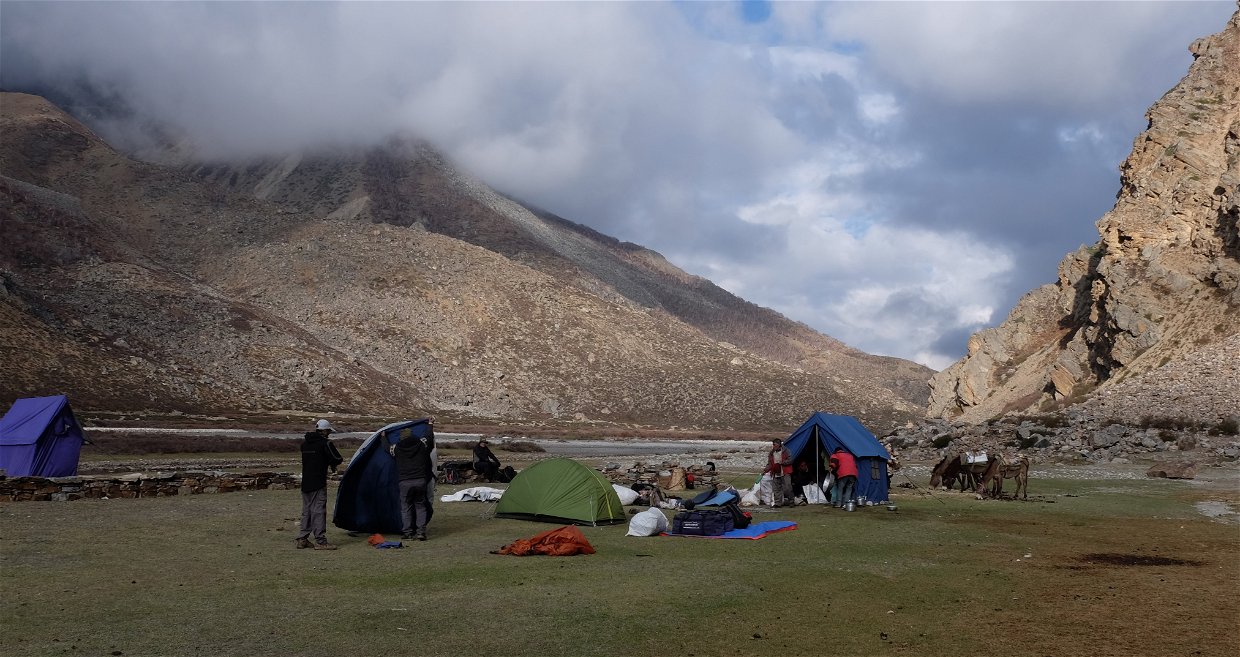




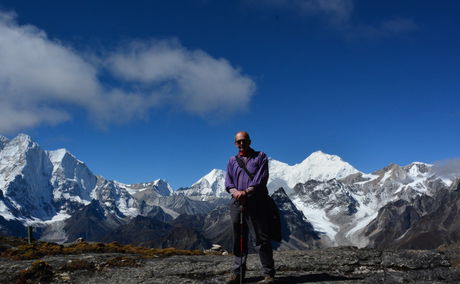


Share This Post